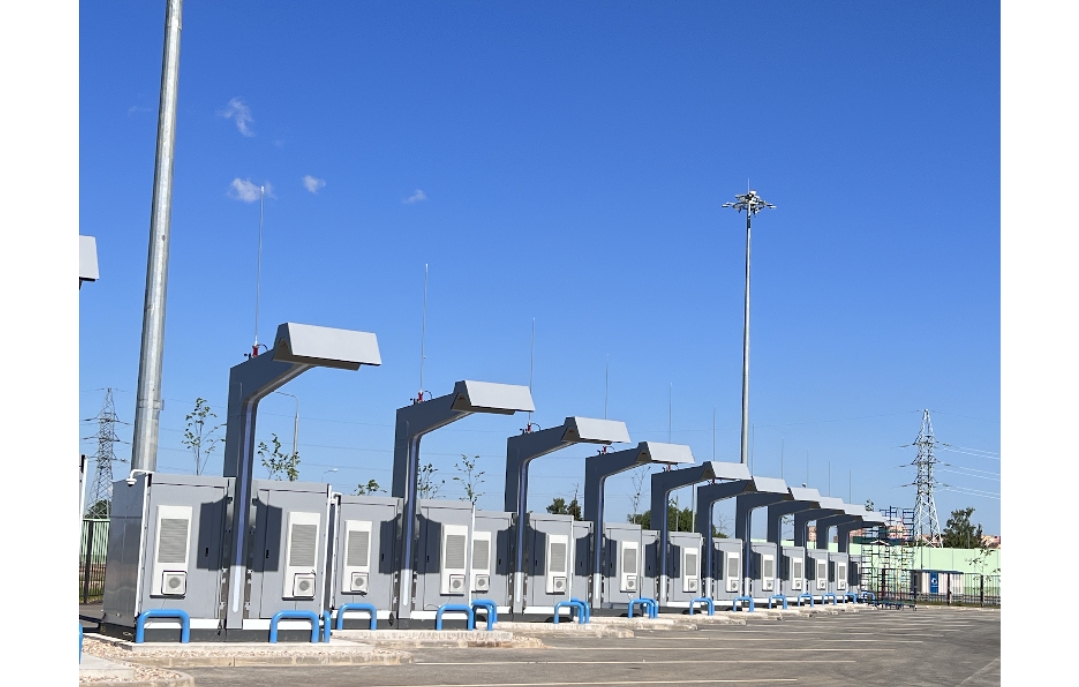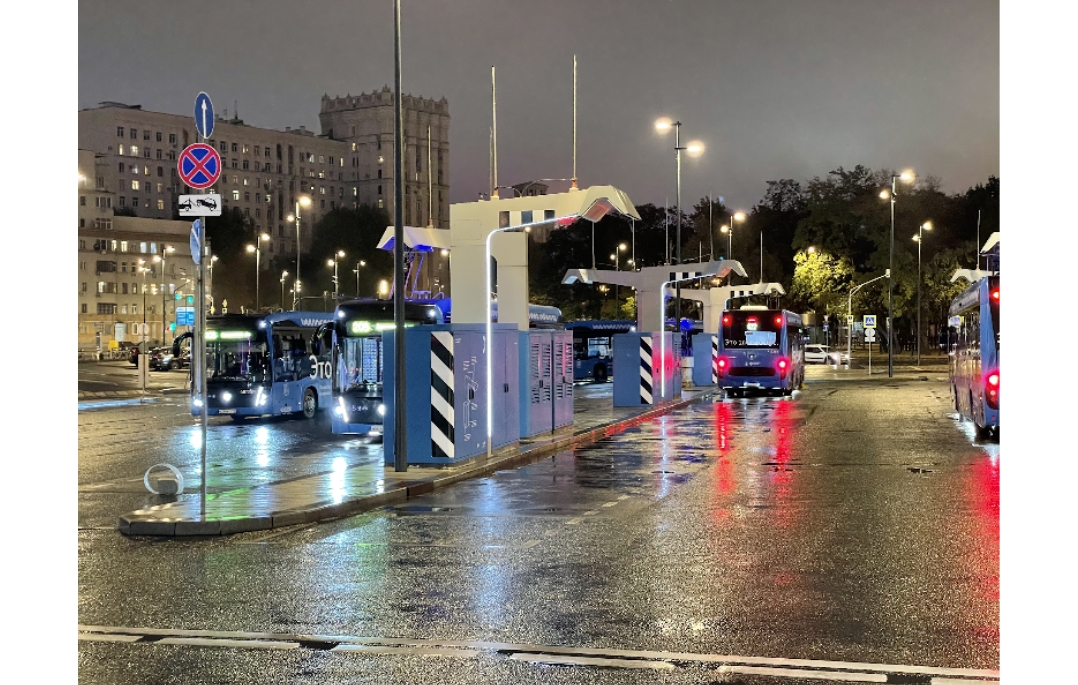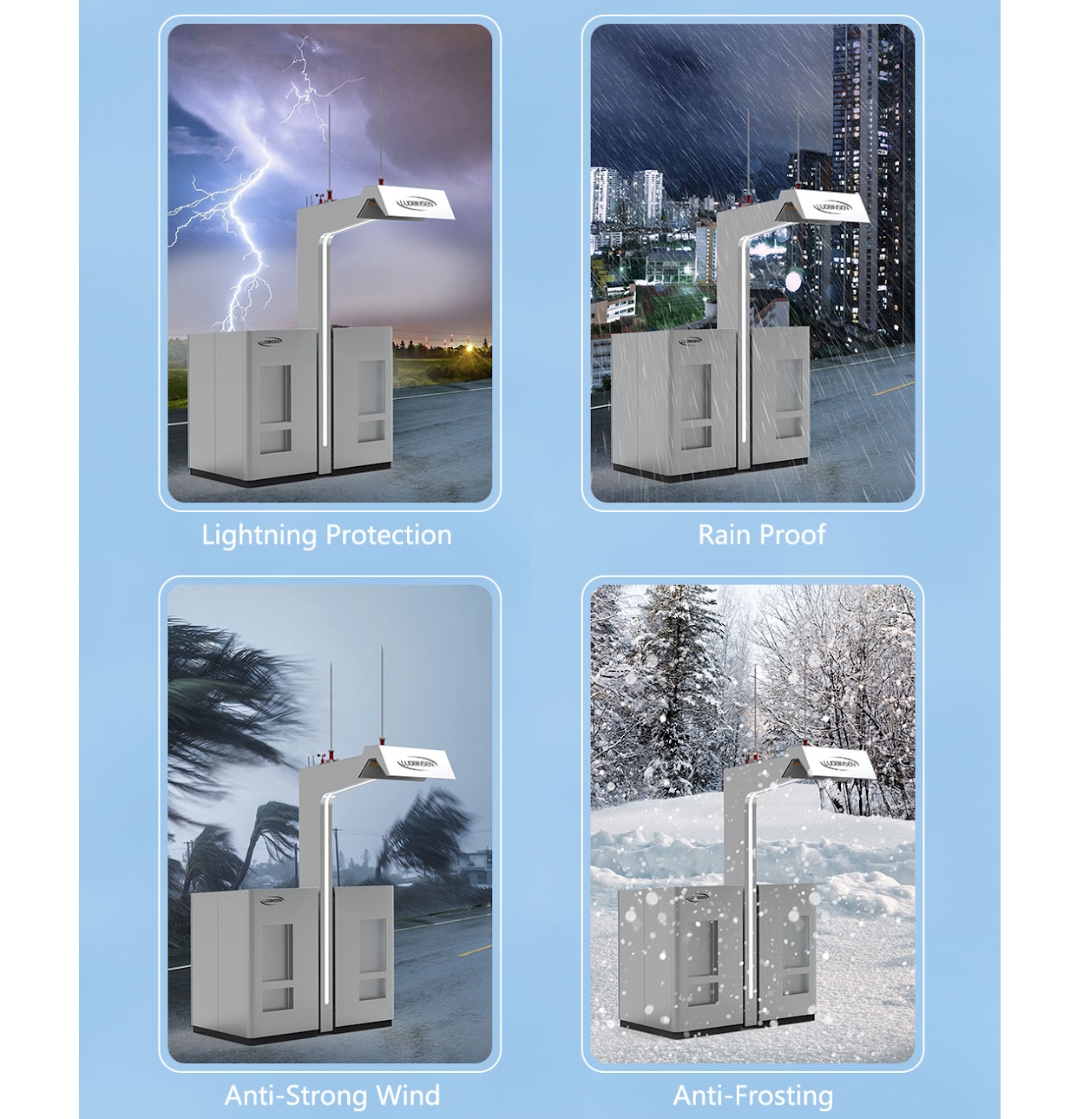Buses are one of the mainstream public transportation methods in many cities. With the global emphasis on sustainable development, buses are gradually transitioning from fuel power to new energy sources, with the trend toward electrification becoming increasingly evident. Governments around the world also introduce policies to encourage the adoption of electric buses.
However, transitioning to electric buses presents operational hurdles that cannot be ignored. One of the top hurdles is how to recharge these large vehicles quickly enough to maintain tight transit schedules. This is where the pantograph charger steps into the spotlight.
Let’s see what are the top electric bus charging problems and how pantograph chargers can help.

Challenges of Electric Bus Charging
There are multiple challenges related to the adoption of electric bus charging. Some of them include:
1. Limited Land Resources
One of the pressing challenges that EV adoption faces is the limited urban land resources. The layout of regular charging stations requires a significant amount of space, and dedicating large surface areas to them is not always viable.
Conventional charging models require expansive layouts to accommodate buses for hours at a time, which is an inefficient use of increasingly valuable real estate.
2. High Charging Efficiency Requirements
Electric buses have large battery capacity and long operating time. A vehicle that spends too long in the charging bay risks service disruptions and reduced route availability. To maintain reliable public service, buses need fast, high-capacity energy transfers capable of powering large batteries within a limited window.
3. Optimization of Operational Costs
The operational cost of electric buses involves charging equipment investment, power consumption, and later maintenance. Inefficient charging systems, extensive space leasing, and underutilized infrastructure can quickly weaken the financial advantages of electric buses.
Without a smart, compact, and highly efficient system in place, the transition to e-buses may end up costing operators more than expected.
How Can Pantograph Help?
The pantograph charger is one of the optimal high-power fast charging solutions, perfectly suited for electric buses. So, what is a pantograph?
A pantograph is a device that allows electrified vehicles to obtain electricity from overhead contact lines. It usually extends from an electric bus charging station or, in some cases, from the vehicle itself. Originally seen in electric railways and trams, the technology has been adapted and refined for bus charging applications.
The pantograph charger stands out because of its fully automated design. The bus arrives at the station, and the pantograph lowers (or rises) to dock with charging contacts, initiating rapid charging without driver intervention. Its seamless mechanism not only saves time but also boosts reliability across entire transit networks.
Here is how pantograph charger can change how electric buses are charged:
1. Efficiency Energy Replenishment
Pantograph bus chargers are built for highly speedy operations. They are capable of delivering more than 200kW of power levels and, in some cases, up to 480kW, which allows buses to be fully charged in just 10-15 minutes.
It ensures buses recharge sufficiently within short dwell times, such as driver breaks or route turnaround windows, ensuring maximum vehicle uptime without overburdening operational schedules.
2. Space-Saving
Regular bus chargers require dedicated parking spaces and cables, but pantograph charger systems are installed overhead at existing stops or designated layover points. This vertical approach to charging minimizes ground footprint, meaning valuable urban land can be preserved for other infrastructure needs.
3. Safety and Environmental Friendliness
As pantograph chargers remove manual plug-ins and cable handling, they enhance operational safety. There are no cables lying around to block pedestrian paths or cause accidents. Moreover, due to the connection is fully automated, the risk of improper charging is eliminated.
Since these chargers take electric bus charging to a whole new level, it helps cut down local air pollution and lower the overall carbon footprint, which supports greener cities.
4. Flexible Compatibility
Except for e-bus, pantograph chargers can be paired with conventional charging terminals to power other types of electric vehicles within the same infrastructure. This flexibility means operators can future-proof their investment, accommodate mixed fleets, and optimize charging operations without needing separate, dedicated systems for different vehicle models.
5. Reduced Operational Costs
Although initial setup costs for pantograph bus charging might seem steep compared to standard plug-in options, their long-term financial benefits are substantial. Faster charging reduces the waiting time during the service schedules, while automation minimizes labor costs associated with manual charging. Additionally, the smaller physical footprint helps lower real estate expenses, a major budget consideration in dense urban environments.

Where to Order Pantograph Charger?
As public transportation systems move towards a greener future, electric buses are taking the lead in this transformation. Achieving true large-scale electrification demands robust, efficient, and scalable charging infrastructure. This is where Luobinsen has made a lasting impact.
1. Industry Experience
To date, Luobinsen has supported more than 700 bus companies across the globe and helped build over 3,000 dedicated bus charging stations. Their projects span a wide range of environments, showcasing their capability to adapt to diverse urban needs while maintaining consistent quality and innovation standards.
2. Case Study
One of Luobinsen’s standout achievements includes its pivotal role in developing Moscow’s first pure electric bus line. This landmark project introduced the pantograph charging system to support continuous bus operations in the city’s challenging climate and heavy traffic conditions.
In the Moscow Bus Rapid Transit standardized demonstration project, Luobinsen has supplied a cumulative total of 210+ European-standard pantograph chargers, covering various power levels from 300kW to 400kW.
3. Why Choose Luobinsen Panto Chargers?
Using Luobinsen Panto Chargers brings the following advantages:
-
Innovative Features
Luobinsen’s pantograph chargers come equipped with high-end materials such as 316L stainless steel construction, which ensures corrosion resistance and longevity. Critical components are sourced from internationally recognized brands. The system also offers one-button automatic lifting, a constant temperature control system, and gold-plated conductive copper racks to maximize performance and minimize wear.
Products include upward and downward pantographs, which can be customized according to the customer’s needs.
-
Safety Assurance
Luobinsen chargers feature a dual fire protection system, 15 safety protection layers, and high-precision PT1000 thermistors for temperature monitoring. They are rigorously designed to prevent leakage, short circuits, over/under-voltage, and other risks.
-
High Reliability
To maintain uninterrupted service, the Luobinsen pantograph systems are built with a backup power solution. This feature ensures that even during unexpected grid issues, critical charging operations can continue without disruption, which is a vital advantage for high-demand urban routes.
-
Eco-Friendly Transportation
Every aspect of Luobinsen’s solution is aimed at supporting a cleaner urban environment. With a focus on low land occupation, fast charging speeds, and minimal energy waste, their panto chargers help cities lower emissions, reduce operational footprints, and create more sustainable communities.

Wrapping-Up
As cities push toward greener, smarter transportation, the need for fast, efficient, and space-saving bus charging solutions has never been greater. Pantograph chargers answer this need perfectly. Luobinsen is the leading panto charger manufacturer that stands out for its innovation, safety, and proven global experience. Contact them now for enhanced bus efficiency!




























